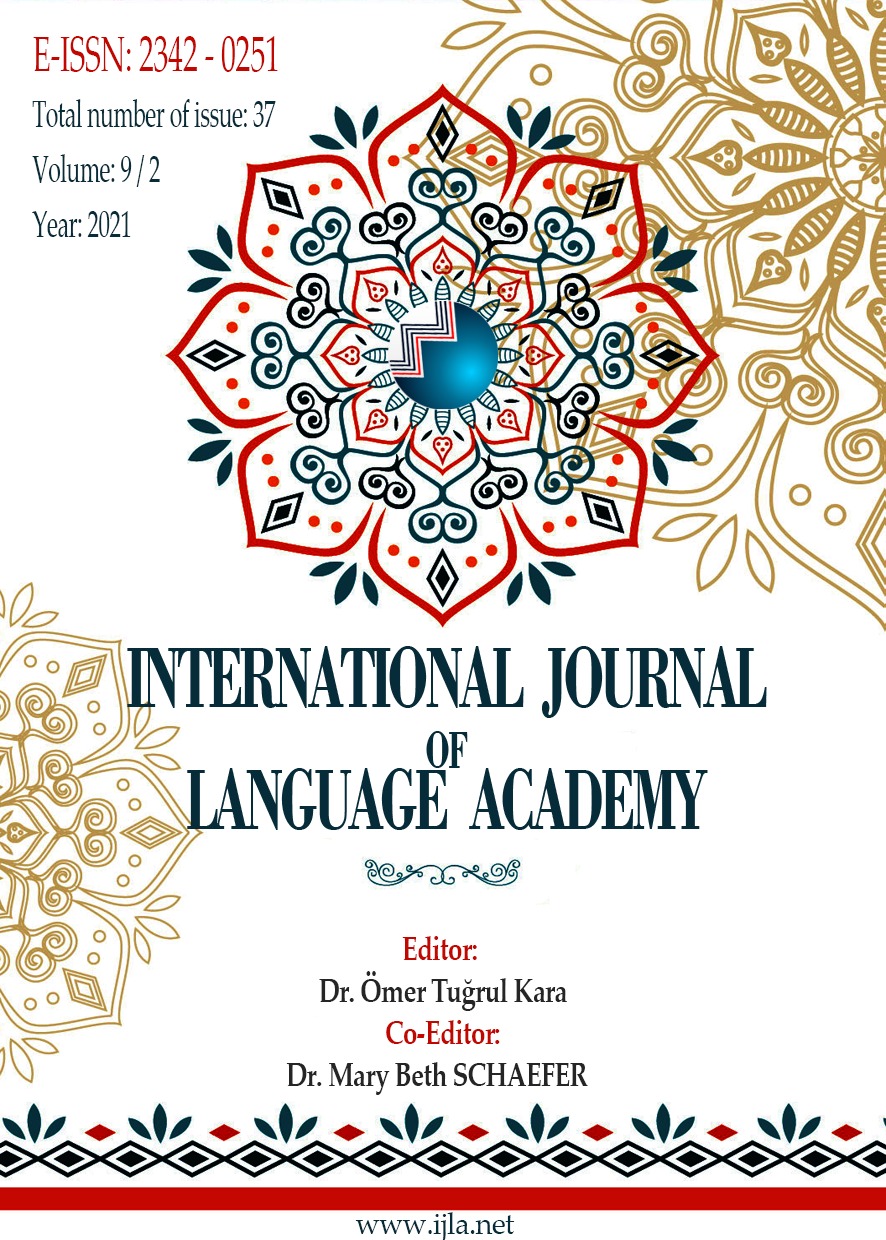Author :
Abstract
Since the publication of her novel The Golden Notebook in 1962, Doris Lessing’s works have started to evolve with the same type of crisis. The protagonist of the story experiences a massive breakdown or trauma, the environmental setting in which the protagonist-typically the narrator resides is decaying, and her main characters are always very sensitive, wise, and possess a strong political, social, emotional, and critical vision. The Memoirs of a Survivor published in 1974, is yet another piece of art by Doris Lessing. The novel has been regarded as a great illustration of dystopia as the critics of Lessing have reported. However, it is crucial to see what literary and non-literary features of the novel have made them to call this as a dystopic work. The present research aims to analyse Lessing’s The Memoirs of a Survivor through a qualitative approach with thematic analysis method in the light of critical evidences available on the work. Moreover, this paper has also analysed the preceding and following works of Doris Lessing to estimate the extent to which this piece of fiction has deviated from her previous trends of novel writing. The detailed analysis of The Memoirs of a Survivor has reported that the novel has followed conventional process of crisis as explained in the previous novels of the author such as The Golden Notebook and Briefing for a Descent into Hell and has represented the decline of a community due to weird human practices till the ultimate level of absolute demolishment. The demonstration of dark visionary novel has remained a fundamental aspect of Lessing’s novel which possess clear signs of “dystopia” and “apocalypse,” however, her style of writing fiction has been observed as experimental that is critical to be classified within the fictional genres.
Keywords
Abstract
Since the publication of her novel The Golden Notebook in 1962, Doris Lessing’s works have started to evolve with the same type of crisis. The protagonist of the story experiences a massive breakdown or trauma, the environmental setting in which the protagonist-typically the narrator resides is decaying, and her main characters are always very sensitive, wise, and possess a strong political, social, emotional, and critical vision. The Memoirs of a Survivor published in 1974, is yet another piece of art by Doris Lessing. The novel has been regarded as a great illustration of dystopia as the critics of Lessing have reported. However, it is crucial to see what literary and non-literary features of the novel have made them to call this as a dystopic work. The present research aims to analyse Lessing’s The Memoirs of a Survivor through a qualitative approach with thematic analysis method in the light of critical evidences available on the work. Moreover, this paper has also analysed the preceding and following works of Doris Lessing to estimate the extent to which this piece of fiction has deviated from her previous trends of novel writing. The detailed analysis of The Memoirs of a Survivor has reported that the novel has followed conventional process of crisis as explained in the previous novels of the author such as The Golden Notebook and Briefing for a Descent into Hell and has represented the decline of a community due to weird human practices till the ultimate level of absolute demolishment. The demonstration of dark visionary novel has remained a fundamental aspect of Lessing’s novel which possess clear signs of “dystopia” and “apocalypse,” however, her style of writing fiction has been observed as experimental that is critical to be classified within the fictional genres.
Keywords
- Arntsen, A. C. (2008). Turning her life into fiction: autobiography, narrative perspectives and memory in Doris Lessing’s The Memoirs of a Survivor, Master's thesis, Universitetet i Tromsø).
- Cederstrom, L. (1980). “Inner space" Landscape: Doris Lessing's Memoirs of a Survivor. Mosaic: A Journal for the Interdisciplinary Study of Literature, 13(3/4), 115-132.
- Charles, M. (2003). Dreamscapes: Portrayals of rectangular spaces in Doris Lessing's Memoirs of a Survivor and in dreams. The Psychoanalytic Review, 90(1), 1-22.
- Draine, B. (1979). Changing frames: Doris Lessing's" memoirs of a survivor". Studies in the Novel, 11(1), 51-62.
- Duyfhuizen, B. (1980). On the writing of future-history: Beginning the ending in Doris Lessing's The Memoirs of a Survivor. Modern Fiction Studies, 26(1), 147-156.
- Kuns, G. (1980). Apocalypse and utopia in Doris Lessing’s The Memoirs of a Survivor. International Fiction Review, 7(2), 79-84.
- Lessing, D. M. (1995). The memoirs of a survivor. London: Flamingo
- Park, S. H. (2016). Doris Lessing's utopian vision in The Memoirs of a Survivor. Modern Studies in English Language & Literature, 60(2), 73-90.
- Rosenfeld, A. S. (2005). Re-membering the future: Doris Lessing's experiment in autobiography. Critical Survey, 17(1), 40-55.
- Sullivan, A. (1980). The Memoirs of a Survivor: Lessing's notes toward a supreme fiction. Modern Fiction Studies, 26(1), 157-162.
- Wright, D. (1991). The space in time: Doris Lessing's Memoirs of a Survivor. International Fiction Review,18(2), 86-90.





